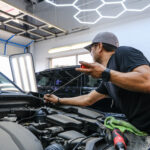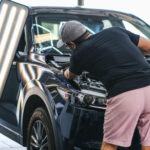Hailstorms can wreak havoc on your vehicle, leaving behind a landscape of dents that can be both unsightly and potentially damaging. Many vehicle owners, however, make the mistake of delaying repairs, thinking that the damage is only cosmetic and can be put off until a more convenient time. In this blog post, we’ll explore why waiting for hail damage repairs can be a costly decision, leading to overlapping cumulative damage, potential insurance claim denials, and the need for more extensive, and expensive, repair methods.
- Overlapping Cumulative Damage: One of the most significant risks associated with postponing hail damage repairs is the potential for overlapping cumulative damage. What may start as seemingly minor dents can evolve into a more complex problem over time. Hail damage weakens the structural integrity of your vehicle, making it more susceptible to further damage in future weather events or accidents. By addressing the damage promptly, you can prevent these issues from compounding and save yourself from more extensive and costly repairs down the line.
- Insurance Claim Denials: Insurance policies often have clauses that require prompt reporting and resolution of damages. Waiting too long to file a claim or delaying repairs can give insurance companies grounds to deny your claim. Insurance providers may argue that the delayed repairs contributed to the severity of the damage or that the damage was caused by another incident during the waiting period. To ensure your claim is valid and processed smoothly, it’s crucial to address hail damage as soon as it occurs.
- Deductible Challenges: Some insurance policies require you to pay a deductible for each claim you make. If you wait to repair hail damage and then file a claim later, you may find yourself having to pay multiple deductibles for separate incidents. This can significantly increase your out-of-pocket expenses and make the overall repair process more costly. By addressing the damage promptly, you can potentially save on deductible costs and streamline the claims process.
- Paintless Dent Repair Limitations: Hail damage is often repairable through paintless dent repair (PDR), a cost-effective and non-invasive technique. However, if you delay repairs, the damage may worsen to the point where PDR is no longer a viable option. In severe cases, the dents may be too deep or extensive, requiring traditional repair methods involving painting and refinishing. This not only increases the repair costs but also extends the time your vehicle spends in the shop.
Conclusion: Delaying hail damage repairs might seem like a minor inconvenience, but it can have significant consequences. From overlapping cumulative damage to potential insurance claim denials and increased repair costs, the risks far outweigh the benefits of procrastination. To protect your vehicle, your wallet, and your peace of mind, it’s essential to address hail damage promptly and choose a reputable repair service like Dillon Hail Repair to ensure a swift and efficient restoration process.








